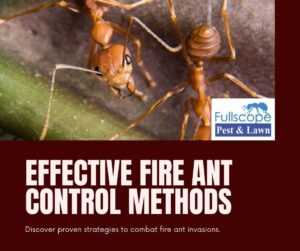
Fire Ant Control Methods That Work
Key Highlights Introduction Fire ants, particularly the red imported fire ant (Solenopsis invicta), are a well-known and troublesome aggressive pest in many parts of the
The In2Care® Mosquito Station is made from durable recycled polypropylene (PP), which lasts several years under tropical conditions. The gauze strip on the floater needs to be replaced (using In2Mix® refill sachets) every 4-6 weeks for optimal activity. We recommend area-wide outdoor deployment, using densities of approximately 1 Station per 400 m2 (10 Stations per acre) in high risk areas with many Aedes mosquito breeding sources.
A novel tool to combat Aedes and Culex that transmit Dengue, Chikungunya, Yellow Fever, West Nile and Zika virus Dengue, Chikungunya, Yellow Fever, West Nile and Zika virus are rapidly spreading mosquito-borne viral diseases. They are difficult to diagnose and treat, and mosquito control is the only option to stop transmission.
Aedes mosquitoes are difficult to control as they lay their eggs in very small breeding sites and have become resistant to chemical insecticides. The In2Care® Mosquito Station attracts and kills female mosquitoes with novel green ingredients that target both mosquito larvae and adults. It is the first to exploit the concept of ‘autodissemination’, resulting in an effective kill of mosquito larvae in breeding sites surrounding the Station.
In2Care® Mosquito Stations can be placed outdoors at a recommended density of 1/400 m2 (10 Stations per acre) and be maintained every 4 weeks using refill sachets. The product lends itself perfectly for use in vector control programs, particularly in hotspot areas, and by professional pest management companies for mosquito control services at resorts, hotels, and residential sites.
User-friendly design, no power source needed, easy to assemble and maintain
A multi-impact mosquito control tool that uses mosquitoes to spread larvicides
Scientific field data shows effective kill of Aedes larvae & mosquitoes
The In2Care® Mosquito Station is made of durable plastic and uses water with an odor lure to attract egg-laying Aedes and Culex mosquitoes. Once inside, mosquitoes contact the specially treated gauze near the water surface and get contaminated with a larvicide and a fungus. We exploit the fact that Aedes and Culex like to divide their eggs over multiple sites; by letting them fly out of the Station whilst carrying larvicide on their legs. They transport the larvicide and contaminate several breeding sites around the Station. In this way, we can kill larvae in small and hard to find breeding sources. The mosquito also gets infected with an insect-specific fungus that kills her before she can spread disease.
An environmentally friendly solution Insecticide resistance has become a major problem in countries infested by Aedes and Culex mosquitoes. Area-wide insecticide fogging is still being used but is showing limited efficacy and major impacts on non-target organisms. This necessitates a switch to more sustainable, environmentally friendly vector control.
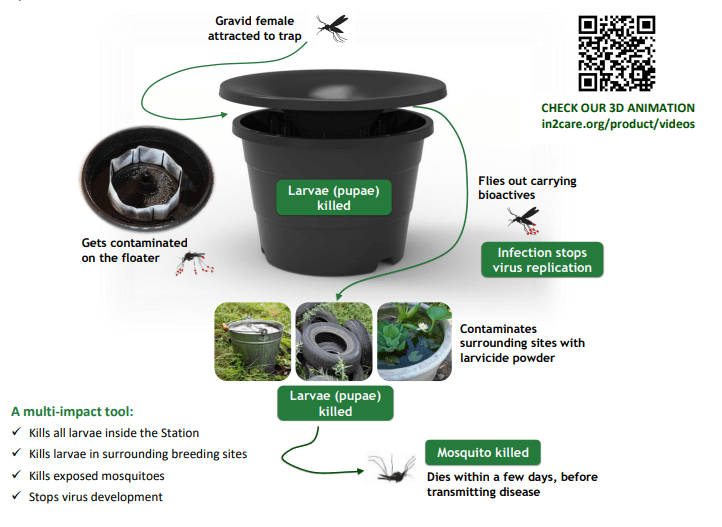
The In2Care® Mosquito Station is the first Station that uses a biological control agent to kill mosquitoes. It deploys an US-EPA-approved fungus that kills the mosquito several days after infection and can prevent disease transmission. The Station larvicide is US-EPA-approved and WHO-recommended for mosquito control and use in drinking water. Both bioactives have short half-lives and pose very low risks for non-target organisms.
In2Care® Mosquito Stations deploy a small dose of bioactive mixture in an enclosed point-source environment that is specifically attractive to mosquitoes.
Only tiny amounts of larvicide will get spread to other breeding sites (mostly small man-made containers), which is enough to kill mosquito larvae (as <10 ppb PPF works well) but not enough to cause risk for non-target organisms like fish or mammals. In this way, our Stations offer an effective mosquito control option without the drastic use of chemicals in the entire environment.
We recommend placement where mosquitoes are likely to breed: in shaded, vegetated places near habitation. In high-risk areas we recommend 1 Station per 400m2 (10 Stations per acre). Station maintenance (topping up with water) is recommended at regular intervals and reactivation with a fresh refill sachet is recommended every 4 weeks.
Mosquitoes are not trapped but are contaminated. Because of its slow-killing action, you will see live larvae in the Station water, but these will die before becoming adults. When deployed properly in a large enough area, In2Care® Stations will effectively reduce the number of Aedes mosquitoes and the risk of virus infections. For optimal impacts, we recommend an integrated approach with breeding source reduction and insecticide barrier treatments for non-isolated sites. Effects will become the most.
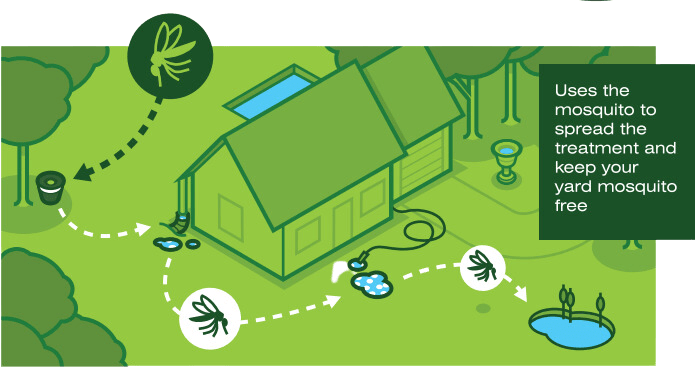

Key Highlights Introduction Fire ants, particularly the red imported fire ant (Solenopsis invicta), are a well-known and troublesome aggressive pest in many parts of the
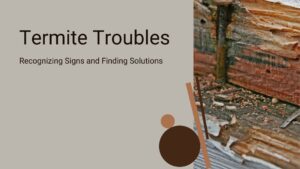
Key Highlights Introduction Termite infestations can be a homeowner’s worst nightmare. These small insects have a voracious appetite for wood, and if left unchecked, they
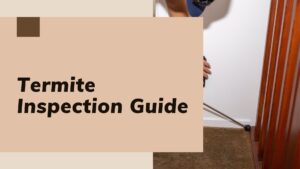
Key Highlights Introduction Your home is not just a place to hang your hat; it’s your sanctuary, a place where you feel safe and secure.
Fullscope Pest Control - Cleveland
24535 Morgan Cemetery Rd, Cleveland, TX 77328, United States
Fullscope Pest Control - Kingwood
3210 Redwood Lodge Ct, Kingwood, TX 77339, United States
Fullscope Pest Control - Conroe
458 Cumberland Trail, Conroe, TX 77301, United States